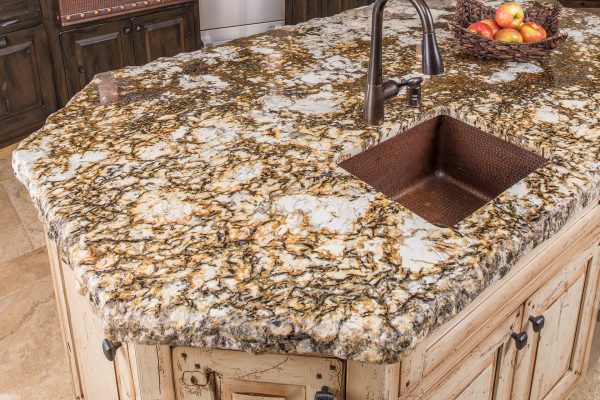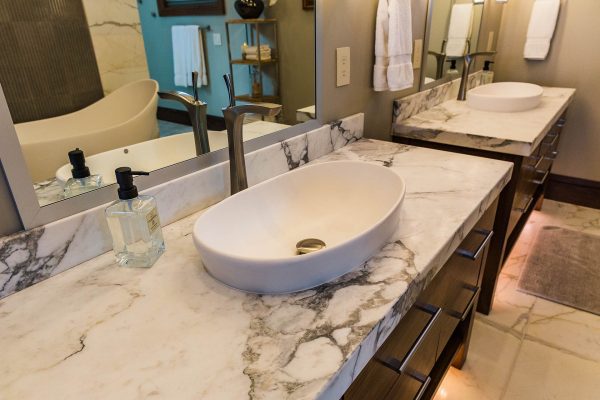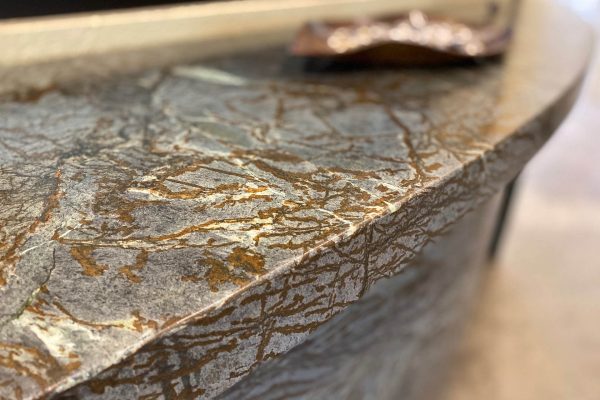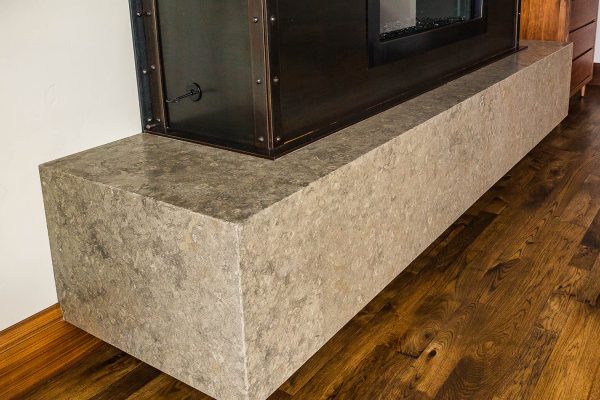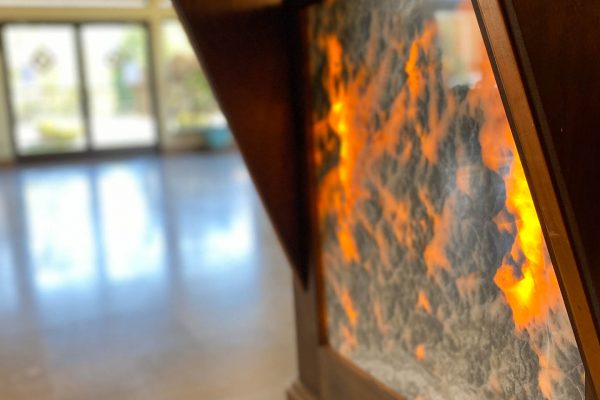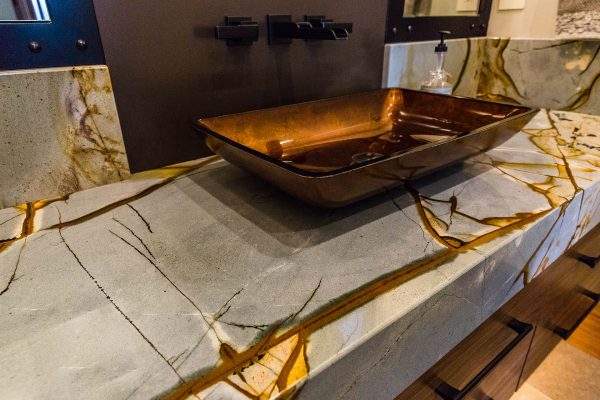Natural Stone
Durable. Stunning. Versatile… Natural Stone is a timeless option.
Granite
Granite is undoubtedly the most popular stone type used in countertop applications today. It is one of the hardest of the common dimension stones, offering high levels of resistance to abrasion and scratching. The primary minerals in granite materials are resistant to virtually all chemicals commonly found in a residential setting; however, there may be trace minerals present in some granite and granite-like stones that are vulnerable to some acids.
Marble
Marbles are traditionally prized for their aesthetic appeal, accentuated by pronounced veining trends and often bold colors. These stones are calcium carbonate based, made up principally of the calcite crystal. Due to their mineralogical makeup, all marbles are vulnerable to either abrasion or chemical attack. The application of an impregnating sealer may reduce the vulnerability to acidic attack, but it will not eliminate it.
Soapstone
Soapstone is a metamorphic rock that is comprised primarily of talc with varying amounts of dolomite, magnesite, and other minerals. Soapstone generally has a smooth feel to the touch. It is used for countertops and other various building aspects such as sinks and heaters. Soapstone is a very popular choice for countertops in laboratories and classrooms due to its high resistance to chemicals. Soapstone has limited hardness and is vulnerable to scratches from abrasives.
Limestone & Travertine
Limestones and travertines used in countertop applications, being of calcium-based makeup, will have the same chemical attack vulnerabilities as marbles. Abrasion damage is also a concern, particularly if the stone is provided with a polished finish. Many varieties of these stone types have high absorption rates, and commonly, a sealer will be applied to retard the rate of water absorption into the stone.
Onyx
Onyx, also prized for its color and veining, is perhaps best known for its translucent properties allowing for stunning effects when backlit in the application. Like several other rock varieties, onyx was traditionally commercialized as marble, despite its notable differences. When compared to true marbles, onyx tends to have lower levels of resistance to both chemical and abrasive exposures due to its cryptocrystalline grain structure.
Quartzite
Quartzite is a metamorphic rock made almost entirely of the mineral quartz. Quartzite begins its geologic life as sand grains, perhaps on a beach, desert dune, or riverbed. Over time, the sand grains become compressed and stuck together to form sandstone. If the sandstone gets buried ever more deeply underneath layers of rock, it gets hotter and more compressed. With enough heat and pressure, the sand grains lose their original shape and fuse to their neighbors, forming a dense, durable rock. The process is similar to individual snowflakes merging into solid, glacial ice.

